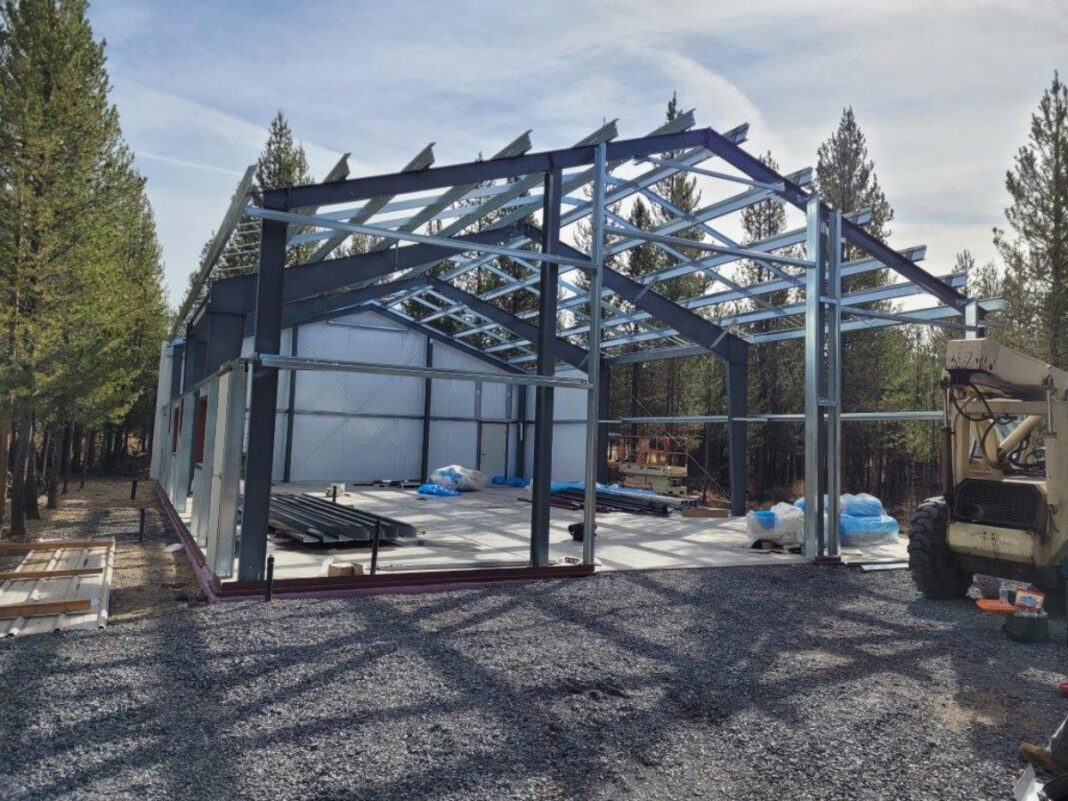Oregon’s construction industry is evolving rapidly, with a growing emphasis on sustainability, efficiency, and durability. Among the various modern construction methods, pre-engineered metal buildings (PEMBs) are gaining significant traction. These structures offer numerous advantages over traditional building materials like wood and concrete, making them a preferred choice for industrial, commercial, and agricultural applications. In this article, we explore why pre-engineered metal buildings in Oregon are becoming the future of construction.
Cost-Effectiveness and Efficiency
One of the primary reasons pre-engineered metal buildings are revolutionizing Oregon’s construction sector is their cost-effectiveness. Traditional construction methods often involve lengthy timelines and unexpected expenses due to weather delays, material shortages, and labor inefficiencies. In contrast, PEMBs are designed and manufactured off-site, then assembled quickly on location. This streamlined process significantly reduces labor costs and construction time, allowing businesses to start operations sooner.
Furthermore, pre-engineered metal buildings in Oregon require fewer raw materials compared to traditional structures, minimizing waste and lowering overall costs. This makes them an attractive option for businesses looking to maximize their investment without compromising on quality.
Sustainability and Environmental Benefits
Oregon is known for its strong environmental policies and commitment to sustainability. Pre-engineered metal buildings align perfectly with these values due to their eco-friendly nature. The steel used in these structures is often made from recycled materials and can be fully recycled at the end of its lifespan, reducing the overall carbon footprint of the construction industry.
Additionally, pre-engineered metal buildings contribute to energy efficiency. They can be designed with insulated panels, reflective roofing materials, and advanced ventilation systems that help regulate indoor temperatures. This reduces the need for excessive heating and cooling, leading to lower energy bills and a more sustainable operation.
Durability and Resistance to Oregon’s Climate
Oregon experiences a diverse range of weather conditions, from heavy rainfall and strong winds in coastal areas to occasional snowfall in mountainous regions. Traditional wood and concrete buildings can suffer from water damage, mold, and structural deterioration over time. Pre-engineered metal buildings, on the other hand, are built to withstand these environmental challenges.
Steel structures are resistant to fire, pests, rot, and moisture damage, making them ideal for Oregon’s climate. They require minimal maintenance and have a longer lifespan compared to traditional construction materials. This durability ensures that businesses and property owners can rely on their investment for decades without worrying about costly repairs or replacements.
Versatility Across Industries
Pre-engineered metal buildings in Oregon are not limited to a single industry. Their flexibility in design and functionality makes them suitable for various applications, including:
- Agriculture: Farmers and ranchers use PEMBs for barns, storage facilities, and livestock shelters.
- Commercial Spaces: Retail stores, office buildings, and restaurants benefit from the customizable layouts of PEMBs.
- Industrial Facilities: Many industrial steel building contractors recommend PEMBs for warehouses, manufacturing plants, and distribution centers due to their efficiency and scalability.
- Recreational Facilities: Gymnasiums, sports complexes, and event centers can be easily constructed using pre-engineered metal structures.
- Residential Use: Modern homeowners are now exploring metal buildings for custom homes, guest houses, and multi-purpose garages.
Collaboration with Industrial Steel Building Contractors
For businesses and property owners looking to invest in a PEMB, working with experienced industrial steel building contractors is crucial. These professionals specialize in designing, fabricating, and assembling metal structures that meet Oregon’s building codes and regulations. By partnering with a reputable contractor, clients can ensure that their project is completed on time, within budget, and with the highest standards of quality and safety.
Industrial steel building contractors also provide valuable expertise in customizing metal structures to suit specific needs. Whether it’s integrating energy-efficient solutions, maximizing interior space, or ensuring compliance with local zoning laws, their knowledge can make a significant difference in the success of a project.
Conclusion
The future of construction in Oregon is shifting toward pre-engineered metal buildings due to their cost-effectiveness, sustainability, durability, and versatility. These structures offer long-term benefits for a wide range of industries, making them a smart choice for businesses and property owners. With the expertise of industrial steel building contractors, the transition to PEMBs becomes even more seamless. Additionally, the demand for metal building repair services continues to grow, ensuring that these structures remain in optimal condition for years to come. As Oregon continues to embrace innovation in construction, pre-engineered metal buildings will undoubtedly play a pivotal role in shaping the built environment.







